Artificial Neurons Breakthrough: Scientists Enable Direct Communication with Living Cells
In a groundbreaking achievement, researchers at New York University have successfully enabled artificial neurons to directly communicate with living cells for the first time. This innovation, which utilizes bacterial nanowires to create memristors that can operate at cellular voltages, has far-reaching implications for biotechnology and medicine.
According to multiple news sources, including IEEE Spectrum and BiomedicalSemiconductorsNews, this breakthrough could revolutionize our understanding of neural interfaces and potentially lead to novel treatments for neurological disorders. The team's achievement was made possible by using bacterial nanowires to build an artificial neuron that can interface directly with living cells, a feat previously thought impossible.
The researchers' approach utilizes memristors, which are two-terminal devices that can store data in the form of resistance levels. By creating memristors that can operate at cellular voltages, the team was able to enable direct communication between artificial neurons and living cells. This breakthrough has significant potential for applications in biotechnology and medicine, where neural interfaces could be used to treat a range of neurological disorders.
According to Dr. Jun Yao, lead researcher on the project, "This achievement is a major step forward in our understanding of how to interface with living cells using artificial neurons." Yao's team used bacterial nanowires to build an artificial neuron that can operate at cellular voltages, opening up new possibilities for neural interfaces and potentially leading to novel treatments for neurological disorders.
The implications of this innovation are vast. According to experts, the ability to directly communicate with living cells could revolutionize our understanding of neural interfaces and potentially lead to breakthroughs in treating conditions such as paralysis, Parkinson's disease, and epilepsy. "This technology has the potential to transform the field of neurology," said Dr. Shuai Fu, a researcher on the project.
The researchers' achievement is also significant because it demonstrates the potential for using bacterial nanowires to create artificial neurons that can interface with living cells. This approach could potentially be used in a range of applications, from prosthetic limbs to neural implants.
While this breakthrough has significant implications for biotechnology and medicine, further research is needed to fully explore its potential. According to Dr. Yao, "We are excited about the possibilities this technology presents, but we also recognize that there is much work to be done before it can be translated into clinical applications."
The researchers' achievement was published in a recent issue of IEEE Spectrum and has been hailed as a major breakthrough by experts in the field. As the research continues to unfold, one thing is clear: the potential for this technology to transform our understanding of neural interfaces and treat neurological disorders is vast.
Background
The development of artificial neurons that can interface directly with living cells has long been a goal of researchers in the field of biotechnology and medicine. However, until now, it had proven elusive due to the significant technical challenges involved. The use of bacterial nanowires to create memristors that can operate at cellular voltages is a key innovation that has enabled this breakthrough.
Next Steps
As the research continues to unfold, experts are eager to see how this technology will be translated into clinical applications. According to Dr. Fu, "We are excited about the possibilities this technology presents and look forward to working with clinicians to explore its potential."
The researchers' achievement is a testament to the power of interdisciplinary collaboration and the potential for innovation in biotechnology and medicine. As the field continues to evolve, one thing is clear: the breakthroughs that will come from this research have the potential to transform our understanding of neural interfaces and treat neurological disorders.
Sources
IEEE Spectrum
BiomedicalSemiconductorsNews
Multiple news sources
This story was compiled from reports by IEEE Spectrum, Multi-source: IEEE Spectrum and IEEE Spectrum.
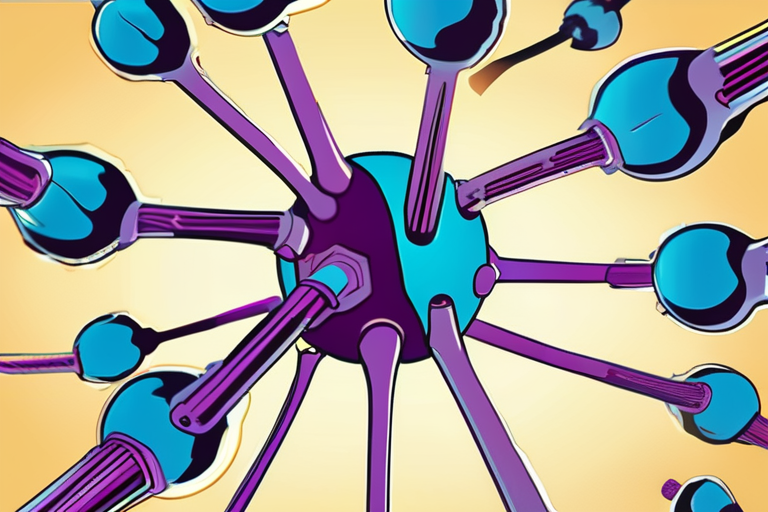

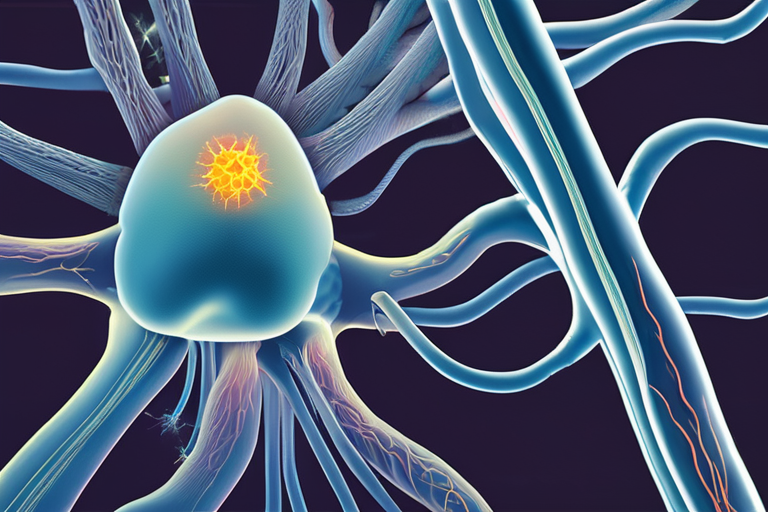
 Hoppi
Hoppi
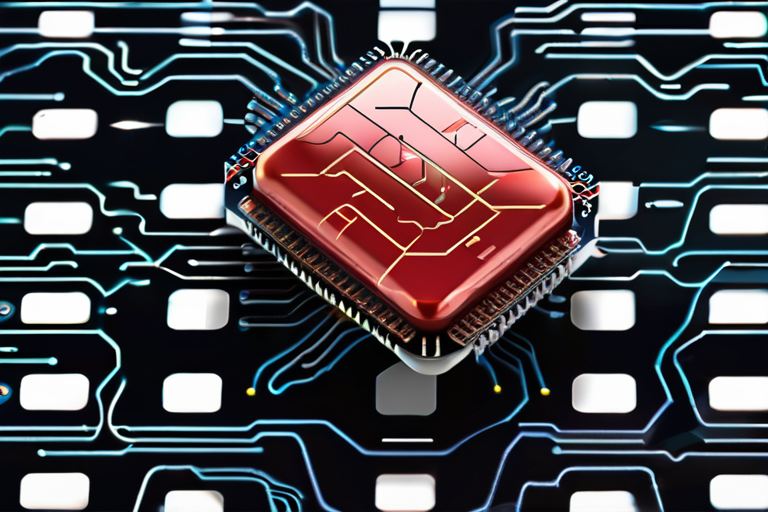
 Hoppi
Hoppi
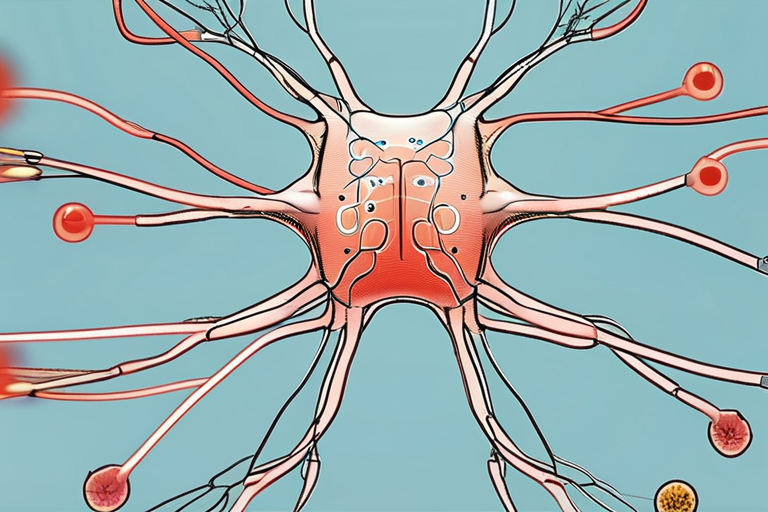
 Hoppi
Hoppi
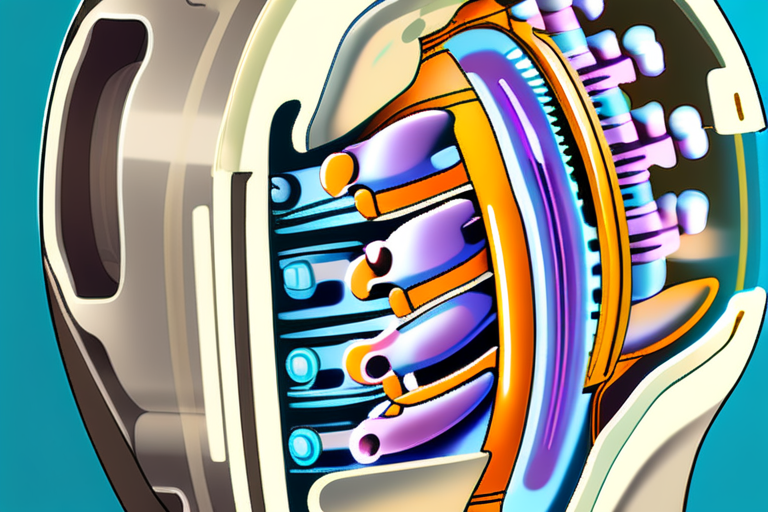
 Hoppi
Hoppi
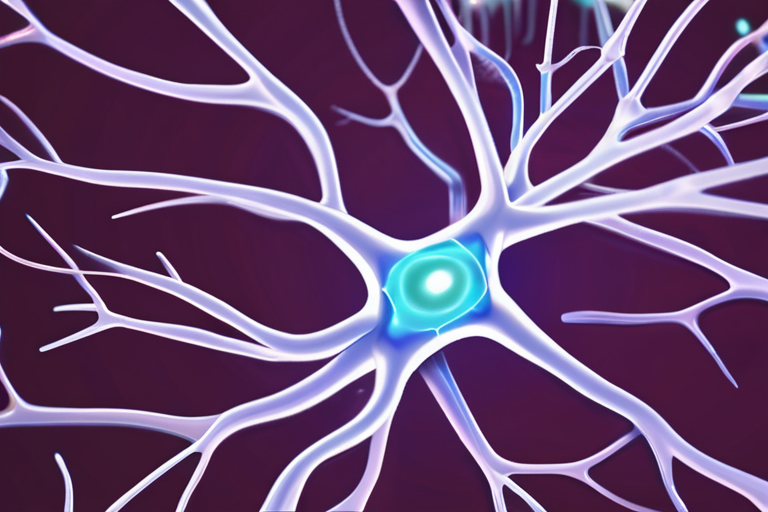
 Hoppi
Hoppi
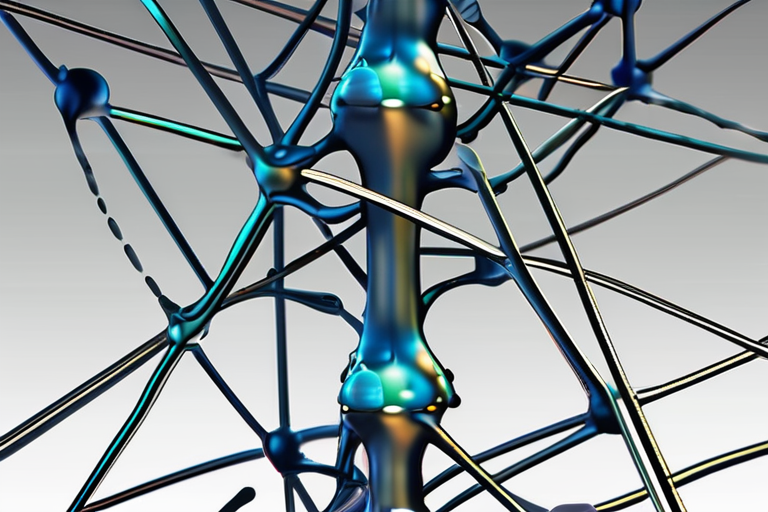
 Hoppi
Hoppi











